DemoDAIRY is following a new nutrient management regime with emphasis on using farm-produced nutrients.
Speaking at a `Focus on Profit – how to cut costs and achieve profits’ workshop on April 2, DemoDAIRY project officer Ann McDowell said that in 2014 the farm aimed to only apply nutrients where needed and to fill in gaps with purchased fertiliser.
“Our goal is to use our farm-produced nutrients first,” she said.
The farm uses a stringent soil-testing program to monitor paddocks to maintain proper nutrient levels. “The soil tests pay for themselves because we understand where paddocks are underperforming and only put out fertiliser where it is needed,” Ms McDowell said.
“We are being more strategic.”
Ms McDowell said soil fertility was adequate but some back paddocks were low in potassium (K). First pond effluent and autumn fertiliser will be used this year to address this problem.
In 2013 DemoDAIRY used a compost system to produce 207 tonne of compost at a cost of $10,800.
Ms McDowell said this equated to $156/ha spread and applied 22.6kg nitrogen (N), 8.3kg phosphorus (P), 19.6kg potassium (K), and 6.2kg sulphur (S) per hectare.
Compost was applied across 60 hectares of the farm.
Ms McDowell said compost was utilised last year to remove an accumulation of on-farm wastes such as old hay and feedpad scrapings. “We wanted to use these as a nutrient source rather than disposing of them as waste,” she said.
No additional autumn fertiliser was needed and only urea was added across the year.
With no farm-generated carbon source, in 2014 DemoDAIRY is using sludge from its first effluent pond. Based on previous test results it expects that with an application rate of 10mm it will apply 70kg N, 12kg P, 55kg K and 20kg S.
The farm expects to spend less than in 2013 with predicted costs of $5000-$6000 or $250-$300 per hectare to empty the first effluent pond.
Ms McDowell said that whole farm nutrient management needs to account for all nutrient sources including traditional fertilisers, effluent and compost. Fertilisers should be used to fill nutrient requirement gaps which can be determined through an ongoing soil testing program.
Source: The Australian Dairyfarmer


